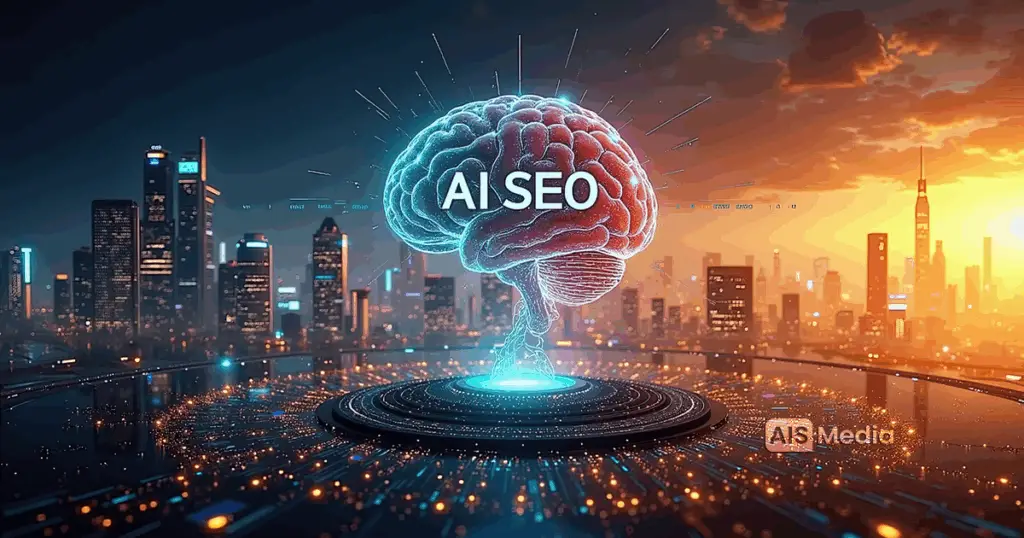Be the Answer that Matters on AI-Powered Platforms
Show up or get skipped: AI search optimization puts you inside Google AI Overviews and generative answers. Skip AEO/GEO, and AI will quote your competitors. This guide locks in page structure, schema, and update cadence so you win citations first—and often.
Summary: The AI Search Optimization Shift in 5 Key Points
- AI doesn’t invent answers. It pulls from trusted, optimized websites. If your content isn’t there, competitors will be.
- Content is the foundation. Creation, optimization, and publishing remain the essence of SEO and digital marketing.
- AEO and GEO are the new front lines. Structuring content into clear answers and context-rich pages is what gets cited.
- Your buyers still search. Executives and decision-makers rely on Google and AI tools to compare providers and validate expertise.
- Momentum compounds. SEO builds long-term visibility; pausing means surrendering authority to competitors.
Why AI Search Optimization Matters Now
Digital marketing and SEO are moving fast, heading straight into an AI-centered world — and it isn’t slowing down. Get on board now, because waiting could mean falling behind competitors who are already adapting.
If your company is not showing up in Answer Engine Optimization (AEO) or Generative Engine Optimization (GEO) results, it’s time to rework your digital strategy with expert SEO and content marketing support.
Why SEO Matters More than Ever In an AI Word
AI platforms such as Google AI Overview, ChatGPT, Perplexity, and Grok don’t invent answers. They draw from trusted, optimized websites. If you aren’t publishing high-quality, properly formatted content, AI will surface your competitors instead.
That’s why SEO is not dead. It’s evolving. Content remains the foundation.
The E-E-A-T Framework: Quality That AI Search Rewards
Google’s content quality guidelines emphasize Experience, Expertise, Authoritativeness, and Trust (E-E-A-T). These are what distinguish content AI cites from content it ignores.
- Case studies, statistics, and credible research
- Clear links to sources
- Personal anecdotes and first-hand experience
- Content reviewed by subject matter experts
- Original visuals, screenshots, and media
- Regular refreshes to keep information current
AI doesn’t care whether a draft starts in an AI tool. It cares about whether the final product demonstrates authority and authenticity.
Case in Point: BrightEdge Content Advisor
Take BrightEdge’s Content Advisor as an example. It generates AI-assisted briefs and drafts based on focus keywords. This speeds up ideation but it is not a finished product.

To become E-E-A-T content, drafts must be refined with:
- Personal insights
- Case studies and real-world examples
- Human editing and critical thinking
AI as a brainstorming partner. The human touch is what makes content credible and visible in AI search.
AEO: How to Become the ‘Go-To’ Answer
To show up in AI-driven summaries and voice search, your content must be structured for algorithms.
- Include high-quality Q&A sections
- Use long-tail, question-based keywords that mirror natural conversation
- Publish FAQs that match how customers ask questions
- Write clear, structured answers that can be lifted directly
Voice assistants like Alexa, Siri, and Google Assistant have already trained people to ask questions in full sentences. AI search is accelerating this trend.
How Businesses Can Adapt to AI Search
To register in Google’s People Also Ask and AI Overviews:
- Anticipate and answer customer questions directly
- Use Q&A format in blogs, product pages, and service pages
- Write conversationally and naturally
- Structure content with schema markup so AI can parse it
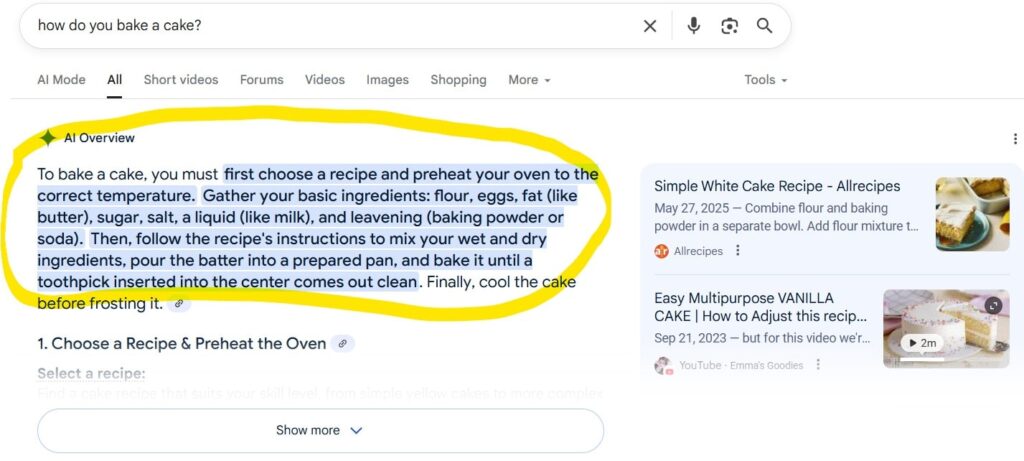
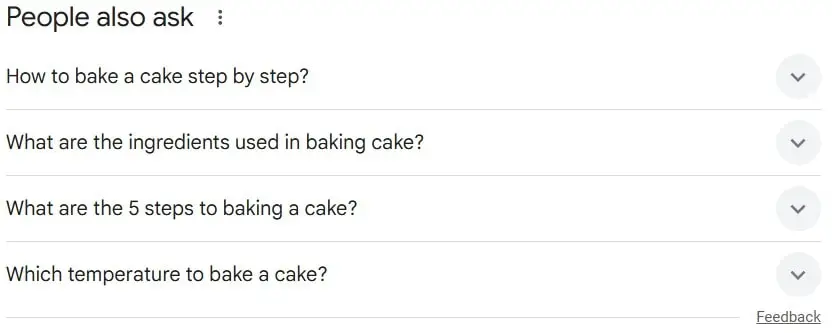
AEO vs. GEO: What’s the Difference?
- AEO (Answer Engine Optimization): Optimizes for direct, succinct answers in voice search and featured snippets like Google’s AI Overview.
- GEO (Generative Engine Optimization): Optimizes for AI-generated summaries on platforms like ChatGPT, Perplexity, and Google Gemini. GEO relies on structured data and contextual depth.
Both matter. AEO wins quick answers. GEO wins long-form synthesis. Together, they define visibility in AI search.
On-Page Optimization Checklist for AI Visibility
Update old content for clarity and speed:
- Use one H1 with your primary keyword. Example: “plastic surgery SEO services” or “B2B SaaS marketing strategy.”
- Write the first 100 words to include the primary keyword and the searcher’s intent.
- Add a 40–60-word summary answer directly under the H1.
- Use H2/H3 headings with your industry terms and the questions buyers ask.
- Include FAQ or Q&A blocks that mirror real customer queries.
- Mark up content with schema: Article, FAQPage, HowTo. Add BreadcrumbList and Organization where relevant.
- Optimize images: 1200×630 featured image, compressed, descriptive file names, alt text with the keyword.
- Write a unique title tag and meta description that include the keyword and a clear benefit.
- Keep URL slugs short, lowercase, hyphenated, and keyword-focused.
- Link internally to service pages, case studies, and contact, using descriptive anchor text.
- Add 1–3 authoritative external citations to support claims.
- Ensure speed and UX: pass Core Web Vitals, mobile-friendly, scannable formatting.
- Refresh quarterly for priority pages with updated data, examples, and FAQs.
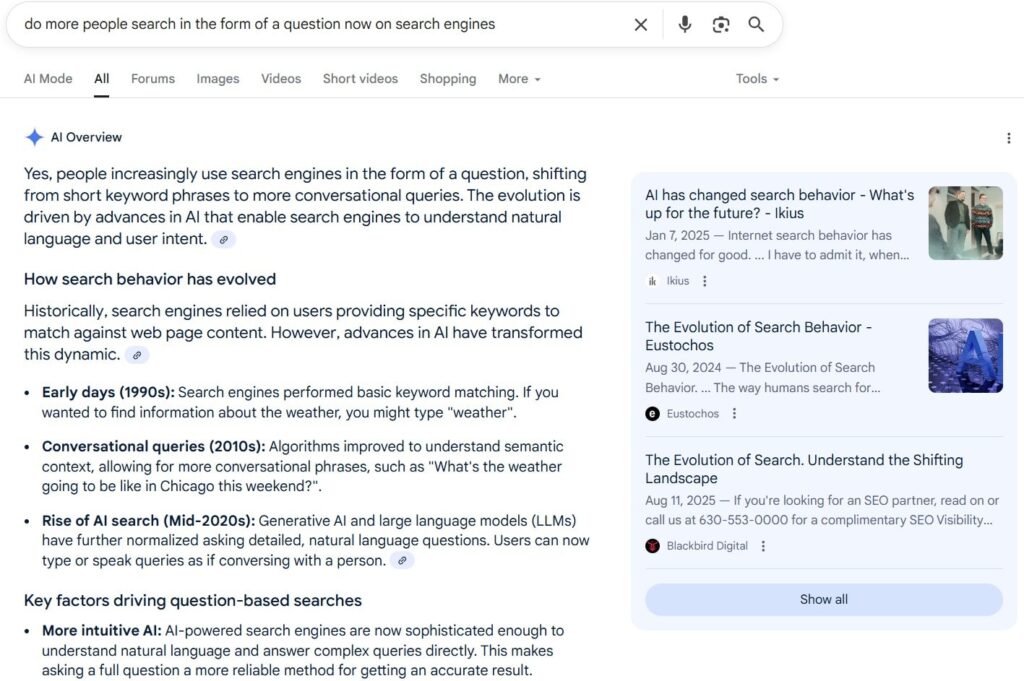
Balancing Traditional SEO with New AI Search Trends
Traditional SEO focuses on ranking pages through keywords, backlinks, and domain authority.
AEO/GEO emphasizes being the direct cited source for answers in AI-driven interfaces.
Together, they form a complete strategy. Traditional SEO builds the foundation. AEO and GEO determine whether your content shows up in new AI search experiences, shaping customer journeys.
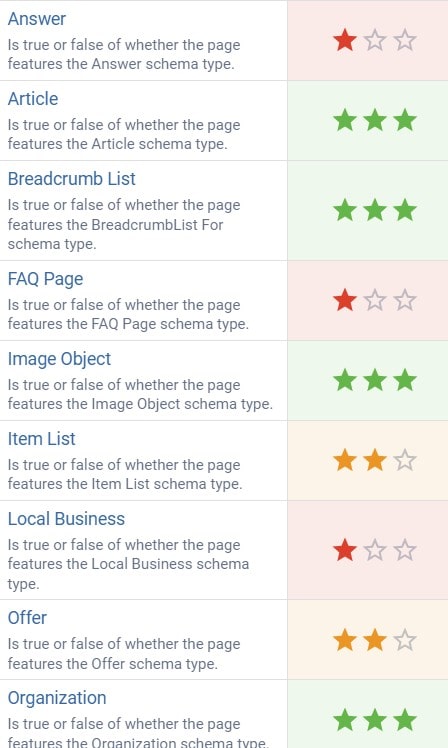
Why Speed and Structure Matter
If a page doesn’t load quickly or buries the answers in fluff, users bounce. AI platforms work the same way:
- Fast page speed and clean formatting win
- Clear answers up top earn citations
- Concise, valuable information beats fluff
Your buyers want clarity, proof, and solutions. SEO delivers all three.
Why Work with a Digital Marketing Agency
Optimizing for AEO and GEO requires more than tools — it requires a content-driven SEO strategy. A professional SEO and digital marketing agency can:
- Develop a tailored content strategy aligned to your business goals
- Track evolving AI trends and align content accordingly
- Refresh top-performing pages to maintain authority in AI search
- Monitor metrics like search share, click-throughs, and engagement
- Create structured, high-quality content that earns citations
Don’t leave your visibility in the hands of free AI tools. Work with digital marketing experts who understand how AI search works and how to make it work for you.
FAQ: AI Search and SEO
What is Answer Engine Optimization (AEO)?
AEO structures content so AI tools can surface direct answers using FAQs, definitions, and how-to formats.
What is Generative Engine Optimization (GEO)?
GEO ensures generative AI can synthesize long-form, interlinked content into trusted, authoritative responses.
Does SEO still matter in the age of AI?
Yes. AI search depends on optimized content. Without technical SEO and well-structured pages, your brand won’t be cited or recommended. Partnering with expert SEO services ensures your site is discoverable and trusted by both Google and AI platforms.
How can I optimize old content for AEO and GEO?
Refresh headings, add Q&A and HowTo sections, apply FAQ/HowTo schema, fix broken links, and update data sources.
What’s the difference between traditional SEO and AI search optimization?
Traditional SEO targets rankings. AEO/GEO target direct answers in AI-driven interfaces. Both rely on strong content.
How often should content be updated for AI visibility?
At least quarterly for priority pages. Refresh data, expand FAQs, and add examples to maintain authority.
Ready to Win in AI Search?
The brands showing up in AI Overviews tomorrow are the ones publishing and optimizing today. Let’s make sure your business is one of them.
👉 Schedule a Strategy Call with AIS Media to see how our award-winning digital marketing, SEO, and content team can position your brand as the trusted answer in both Google and AI search — and deliver measurable results through expert SEO services.

